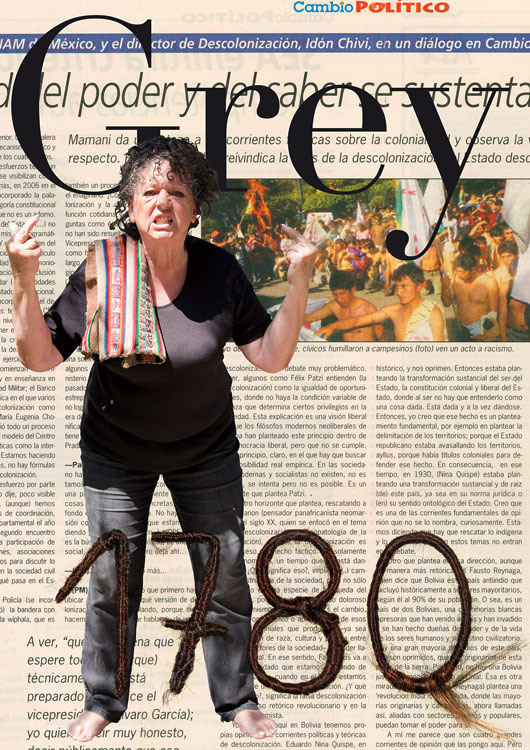
Inkuña / Ritual Manta or Carrying Cloth 45
잉쿠냐inkuña는 4개의 셀비지selvage를 가진 직사각형 모양의 워프페이스warp-faced 기법으로 짜여진 운반용 천으로 코카 잎이나 음식을 담는 데 사용되었던 테두리가 잘린 천을 말한다. 그것은 대부분 여성들이 대지mother earth나 다른 신들deities에게 제물을 바치는 데 사용되었다.
What was unthinkable in earlier centuries changed in the fifteenth. For the first time in the history of Western clothing, grey – relegated until then to work clothes, the poor,
and the habits of Franciscan monks, which were meant to be colourless – became popular among the upper classes of Europe.
이전에는 상상할 수도 없었던 것이 15세기에 와서 바뀌었다. 이전까지 회색은 작업복, 가난한 자 그리고 채도가 없는 색을 사용하는 프란치스코 수도사들의 관습적으로 입는 색으로 격하되었으나, 서양 의복 역사상 처음으로 회색은 유럽의 상류층 사이에서 인기를 끌게 되었다.
One main aim of the uprising led by Tupac Amaru II and Micaela Bastidas against the Spanish authorities of Peru, was to free Indians from the prisons that call themselves cloth workshops, where they “were destined for a quick civil death”.
페루의 스페인 당국을 상대로 투팍 아마루 2세와 미카엘라 바스티다스가 주도한 봉기의 주요 목적은 “사람들을 빠르게 죽음으로 내모는” 직물 작업장으로 불리는 감옥으로부터 인디언들을 해방시키는 것이었다.
Weaving substantiated women’s powers, as Andeans knew well. Neither colonialism nor modern capitalism can obliterate a textile’s soul.
안데스인들에게 잘 알려져 있듯이, 베 짜는 것은 여성의 힘을 입증했다. 식민주의도 현대 자본주의도 직물의 영혼을 소거할 수 없다.